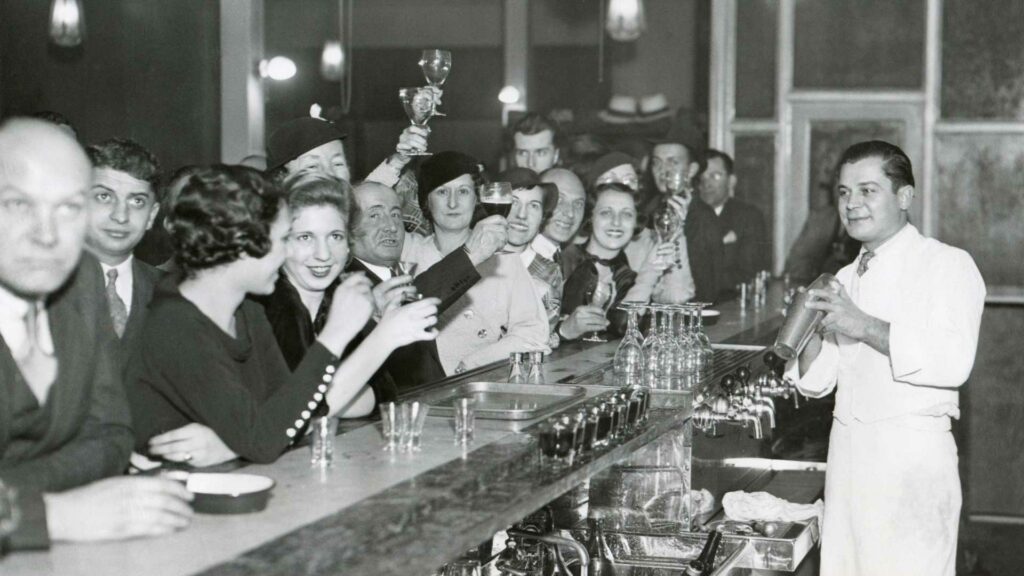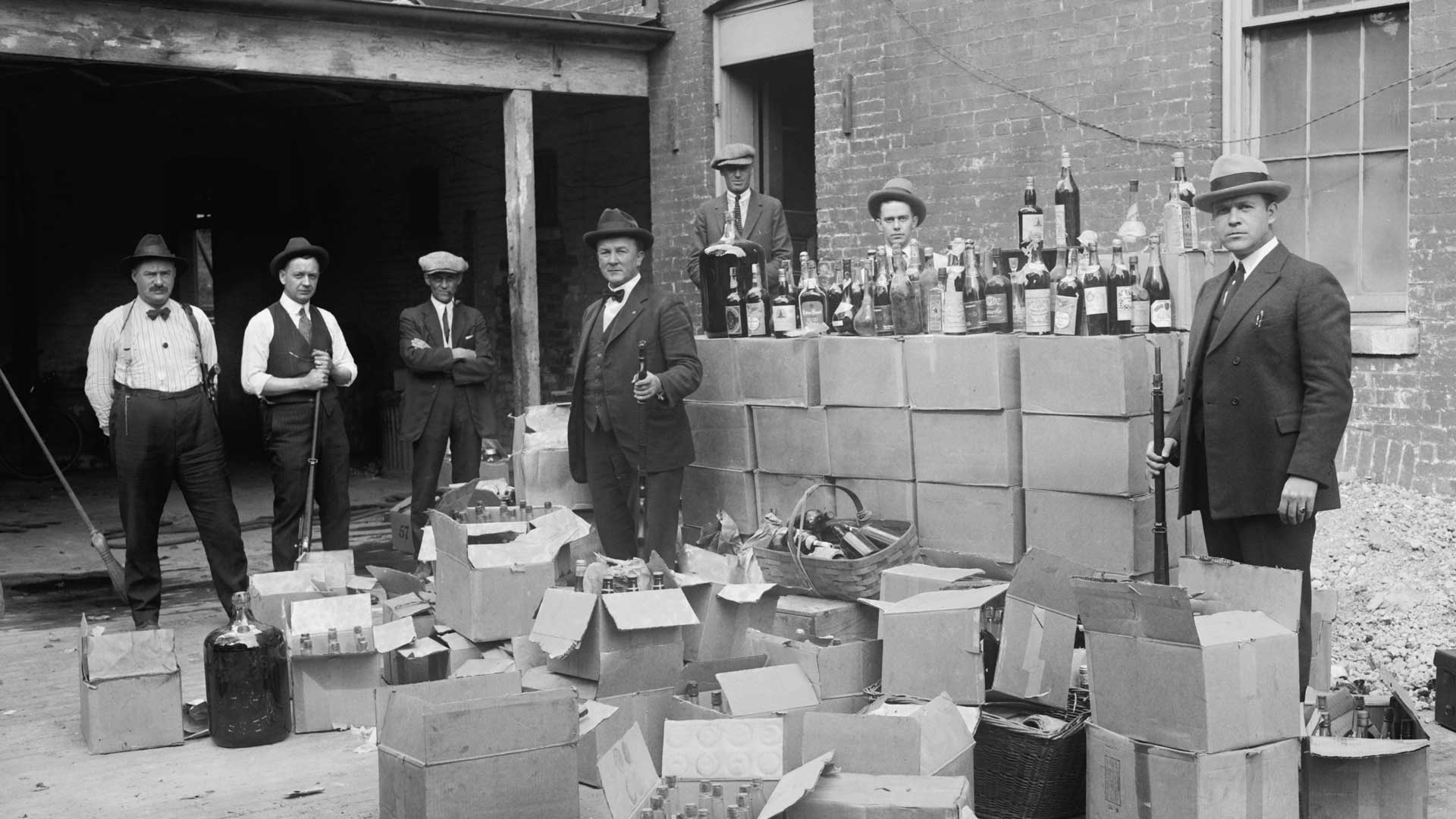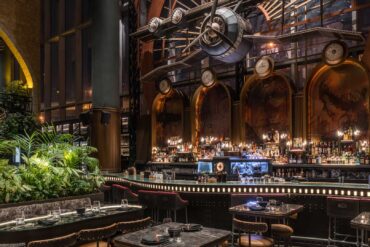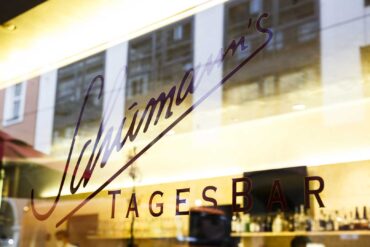In the history of mixology, Prohibition stands as a defining moment—a clear and often traumatic fracture. While historians highlight a few glimmers of light, the era is overwhelmingly marked by shadows.
The worst consequence? It crippled the art of fine drinking, creating a breeding ground for shady businesses that paid little attention to the quality of cocktails. At the same time, it introduced Americans to new spirits from abroad, particularly Caribbean rum, and expanded bar clientele to include women. A complex legacy, indeed.
What Was Prohibition?
Prohibition began with the Volstead Act and the 18th Amendment to the U.S. Constitution. On January 17, 1920, the sale, production, and transportation of alcohol became illegal across the country. These measures were driven by pressure from moralistic religious and political groups, concerned about the social issues tied to excessive alcohol consumption, poverty, and crime. However, good intentions quickly turned extreme, leading to a complete ban that proved largely ineffective—if not outright counterproductive.
The Consequences of Prohibition
While some academic studies show an initial drop in per capita alcohol consumption, over time, the numbers rebounded—sometimes increasing by as much as 60–70%. Alongside this came a rise in violence, fueled by the proliferation of the black market. By December 5, 1933, the 21st Amendment repealed Prohibition, bringing legal and taxed alcohol back to the U.S. Yet, the damage to the world of mixology had already been done.
Organized Crime and Industry Collapse
Organized crime played a significant role during Prohibition. While exact figures are hard to determine, it’s widely believed that the illicit alcohol trade greatly enriched gangsters like Al Capone.
Even as the black market flourished, thousands of small, family-run distilleries and breweries shut down. Beer producers managed to survive, but cider makers disappeared completely. Whiskey, though still available via medical prescriptions, saw a decline in quality.
The legal bar industry also crumbled, replaced by countless secret venues known as speakeasies—many of them run by criminal networks.
From a Golden Age to the Dark Ages

For mixology, Prohibition marked the end of a golden era defined by carefully crafted cocktails made with quality ingredients. The black market couldn’t guarantee the same standards, especially for domestically produced spirits, leading to a decline in cocktail culture. Classic recipes, reliant on precise flavor balances, became difficult—or impossible—to execute. It would take decades, and the eventual cocktail renaissance of the 21st century, to restore what was lost.
New Spirits, New Cocktails
Amid the chaos, Prohibition did bring some unexpected positives. Smuggled tequila from the south and Canadian whisky from the north introduced Americans to new, high-quality spirits. Over time, these imports gained a loyal following, giving rise to cocktails like the Daiquiri and Mojito.
Meanwhile, the best bartenders fled abroad, continuing their craft in cities like Paris, London, and Havana. Some of the era’s most iconic cocktails were born outside the U.S., such as the Mary Pickford, a rum-based drink created in Cuba.
Back in the States, low-quality spirits dominated. Bartenders adapted by crafting drinks that masked the harshness of these subpar ingredients. Gin paired better with tonic than in a Dry Martini, whiskey was mixed with ginger ale rather than soda water, and cola—sweet and overpowering—found a niche in hiding rough flavors.
A Changing Clientele
Prohibition also reshaped the demographic of bar-goers. Before the ban, women were rarely seen in bars, as their presence was often associated with prostitution. Speakeasies, however, welcomed female patrons, revealing an untapped market for drink producers. As Daniel Okrent notes in Last Call: The Rise and Fall of Prohibition, the era also blurred racial lines, with black and white patrons sharing spaces more frequently than before.
While the Volstead Act ushered in the dark ages of mixology, its long-term impact wasn’t entirely negative. The expanded clientele and the diversity of spirits introduced during Prohibition laid the groundwork for the vibrant cocktail culture we know today. Sometimes, even the darkest periods leave behind a legacy worth toasting.






